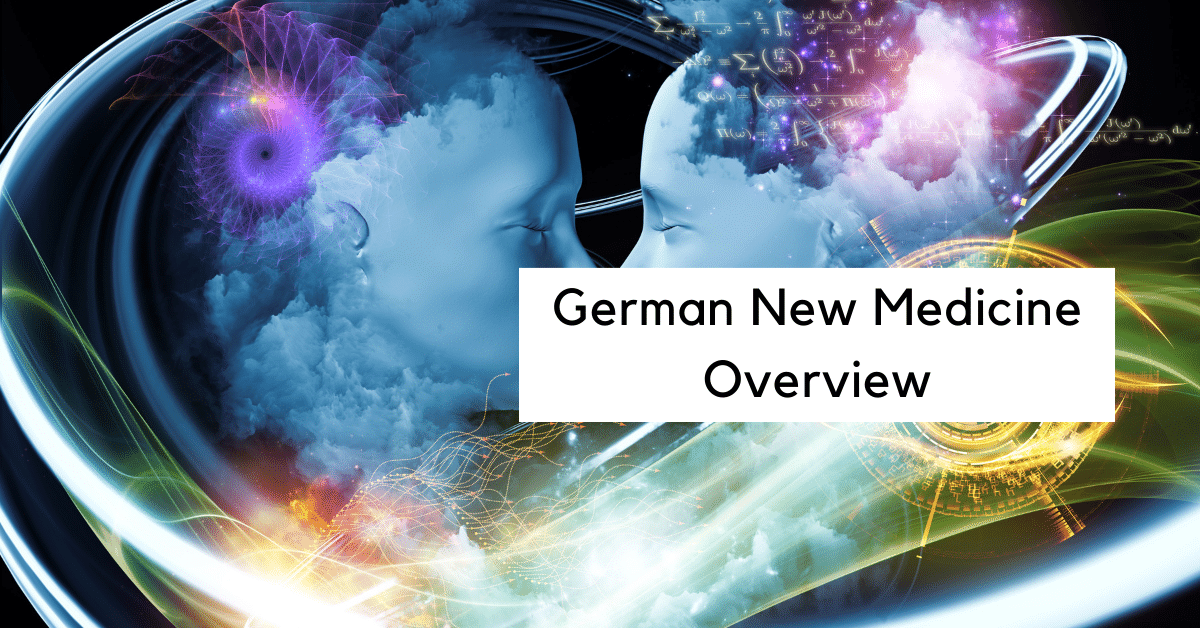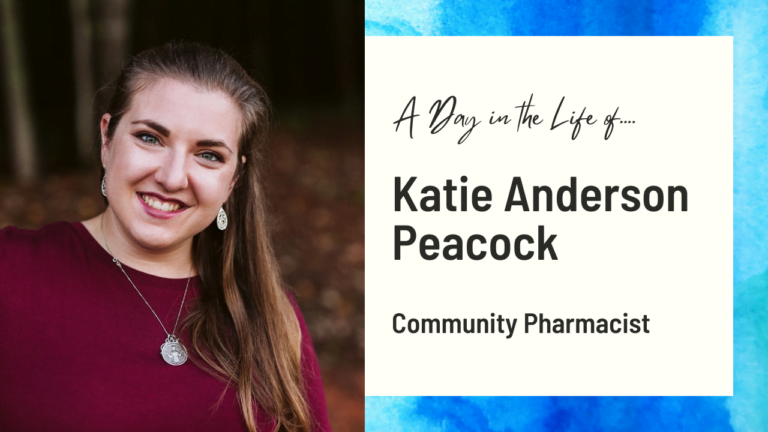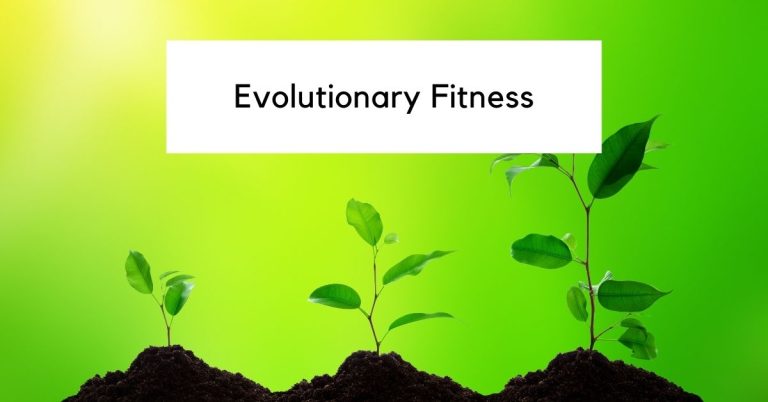German New Medicine: A path to holistic well-being
German New Medicine (GNM) is a revolutionary approach to health and wellness that challenges conventional medical beliefs
Developed by Dr. Med. Ryke Geerd Hamer, GNM is based on the understanding that every symptom, including the development of diseases like cancer, is part of a meaningful biological program.
By unraveling the intricate connection between the mind, body, and trauma, GNM empowers individuals to take control of their health and well-being.
In this article, we will explore the key principles of German New Medicine and its practical application in healthcare.
“I believe we create every so-called illness in our body. The body, like everything else in life, is a mirror of our inner thoughts and beliefs. The body is always talking to us, if we will only take the time to listen. Every cell within your body responds to every single thought you think and every word you speak.”
– Louise Hay, You Can Heal Your Life
Who is Dr. Med. Ryke Geerd Hamer?
Before we dive into the core principles of German New Medicine, let’s take a moment to understand the man behind this groundbreaking approach.
Dr. med. Ryke Geerd Hamer is a German ex-medical doctor who developed GNM after a personal trauma.
In 1978, Dr. Hamer’s son was tragically shot and died shortly after. This traumatic event led Dr. Hamer to develop testicular cancer, which he saw as a direct result of his emotional trauma.
He began to incorporate the power of the mind and brain in healing from physical illness, based on his own recovery experience from cancer.
Dr. Hamer realized that disease in the body is often preceded by “dis-ease,” a significant emotional stressor in our lives. He analyzed thousands of medical records and discovered patterns connecting specific emotional traumas to corresponding diseases. This research formed the basis of German New Medicine, a comprehensive system that challenges traditional medical practices.
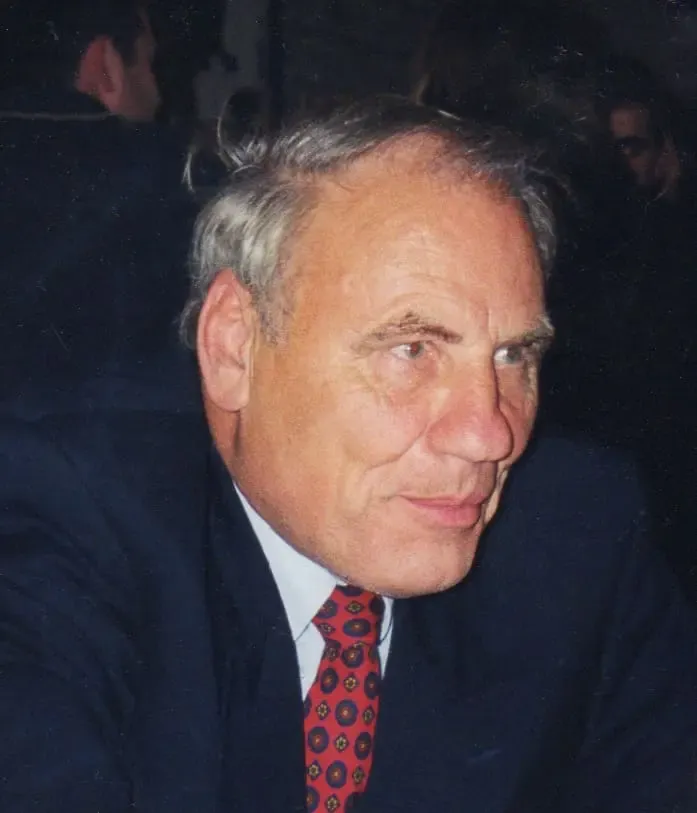
What is German New Medicine?
German New Medicine is an alternative approach to health and wellness that German physician Dr. Ryke Geerd Hamer developed.
It is often referred to as “La Medicina Sagrada” or the Sacred Medicine in Spain due to its alignment with spiritual laws. It is based on the idea that physical and psychological illnesses are a result of a person’s attempt to resolve an emotional conflict.
According to Dr. Hamer, illnesses occur when a person is unable to cope with an emotionally charged experience or situation. This experience or situation is then “stored” in the body, causing physical or psychological symptoms.
The focus of German New Medicine is not on treating the symptoms of an illness, but rather on understanding the underlying emotional conflict that is causing the illness. It is believed that by resolving this emotional conflict, the symptoms of the illness will disappear.
The connection between the psyche, brain, and organs
In German New Medicine, the psyche, brain, and organ are intimately connected, each playing a vital role in the response to a Significant Biological Special Program triggered by a Dirk Hamer Syndrome (DHS).
A DHS, in GNM terms, is an emotionally distressing event that takes an individual by surprise and for which they were unprepared.
This unexpected nature of the event implies that it could potentially be detrimental to the person caught off-guard.
The response to this unexpected crisis is orchestrated by a pre-existing biological program designed by nature to support the organism during such unforeseen conflicts.
Psyche
The psyche represents the emotional and psychological aspects of an individual’s response to a DHS. It is the domain of feelings, emotions, and mental processes.
When a person encounters an emotionally distressing event, the psyche is immediately impacted, and the emotional response is a fundamental component of the overall reaction.
Brain
The brain serves as a crucial intermediary in the GNM model, as it is the bridge between the psyche and the organ. When a DHS occurs, the brain responds by instantly activating a Significant Biological Special Program that corresponds to the nature of the conflict.
The brain processes the emotional distress experienced in the psyche and translates it into specific physical responses, which include the development of concentric rings known as Hamerschenherd (HH) in the brain.
These brain-related changes play a pivotal role in shaping the subsequent biological reactions.
Organs
The organs, in GNM, represent the physical response to a DHS and is an essential component of the Biological Special Program.
The brain, having detected the emotional distress through the psyche, instantly communicates the conflict to the corresponding organ.
The Biological Special Program is then activated, resulting in changes within the organ to improve its function and help the individual better manage and eventually resolve the conflict. These changes may involve growth, tissue loss, or functional alterations, depending on the nature of the conflict.
The organ’s response highlights the integral connection between the emotional experience and the biological adaptation.

The five biological laws of new medicine
The German New Medicine has established five biological laws. These laws provide a framework for understanding the human body’s complex interactions and can be applied to various health scenarios.
First biological law: The iron rule of cancer
The first biological law, also known as “The Iron Rule of Cancer,” is a principle about the human body’s response to loss and sorrow. According to this law, when we experience profound sorrow, such as the loss of a loved one, our bodies can react by developing cancer.
This law is not a prediction or a recommendation, but rather an observation of how the human body has evolved to respond to extreme stress.
The key here is that these events remain unresolved, leading to an ongoing emotional and physical response within the body. Each specific emotion, such as grief or fear, triggers a unique organ or tissue response as the body instinctively attempts to mitigate the shock.
Second biological law: The conflict-active phase
The second law focuses on the two-phased response that occurs after a biological shock. The body’s nervous system shifts from the normal rhythm into an active phase characterized by the “fight or flight” sympathetic response.
In this phase, individuals may experience symptoms like cold extremities, loss of appetite, and sleep disturbances. If the shock is resolved, the nervous system transitions into the healing phase, where the parasympathetic response predominates.
During this phase, inflammation is common, and the body undergoes repair processes. Importantly, understanding these phases is crucial for guiding individuals through recovery, and ensuring they get the rest, nutrition, and support they need.
Third biological law: The ontogenetic system of tumors
The third law focuses more on the relationship between organs and their connections to specific parts of the brain, specifically referencing the embryonic germ layers.
This law emphasizes that these connections influence how these tissues respond to psychological shocks or conflicts.
For instance, certain organs like the lungs, stomach, or reproductive system are linked to specific areas of our brain that handle things like breathing, food, and reproduction.
So, when we experience emotional conflicts related to these areas, those parts of the brain get triggered, affecting how these organs react.
Fourth biological law: Diseases are not contagious
The fourth law is a groundbreaking concept in the field of New Medicine: diseases are not contagious.
This law challenges the traditional understanding of how diseases spread and suggests that diseases are the result of dysfunction within the body’s own systems.
Instead of being transmitted from one person to another, diseases are the body’s response to an internal conflict that hasn’t been resolved.
This law challenges the traditional view of infectious diseases, suggesting that our body’s response to conflicts and stress triggers the healing process. It helps us see that microbes are not our enemies but rather partners in the healing journey.
Fifth biological law: The quintessence
The fifth law introduces the concept of the ‘quintessence’. This law suggests that each individual has a unique spiritual essence that influences their health and disease. This essence, often referred to as the ‘quintessence’, is unique to each person and can be understood and influenced through GNM therapies.
The mind-body connection between dis-ease
Dr. Hamer’s extensive research on 20,000 cancer patients revealed a compelling pattern. He observed that unresolved psycho-emotional conflicts were common among these patients before the onset of their illnesses.
Moreover, specific emotional conflicts seemed to correspond with the location of the cancer in the body.
He discovered a remarkable correlation between these unresolved conflicts, the appearance of dark spots in the brain, and the subsequent manifestation of cancer in specific organs.
According to his findings, when the emotional reflex centers in the brain associated with these unresolved conflicts broke down, they influenced the affected organ, leading to the formation of deformed cells, or cancer cells.

The healing process
Dr. Hamer’s groundbreaking approach to cancer treatment involved incorporating psychotherapy to address these unresolved emotional conflicts.
Upon resolving these conflicts, he noted a direct impact on the cancer growth at a cellular level. The dark spots in the brain began to disappear, and healing edema, indicative of brain tissue repair, surrounded the affected emotional centers.
As a result, normal communication between the brain and body resumed.
This approach isn’t isolated to Dr. Hamer alone. Collaborations between medical professionals in various countries have further validated these findings.
They’ve employed psychotherapy as a vital component in the healing process, reporting a remarkable 97% remission rate among patients.
Case study: Germanic New Medicine approach to anxiety
This case study is documented by Dr. Alvin De Leon and can be found on his website along with similar cases. In October 2017, a 19-year-old right-handed female sought clinical assistance for recurring anxiety and panic attacks.
Previously diagnosed with Generalized Anxiety Disorder, the client experienced symptoms of heart palpitations, shortness of breath, and dizziness, primarily triggered by concerns about academic performance, leading to intense worry and an inability to manage the overwhelming stress.
With a background in German New Medicine, the client’s mother sought an alternative approach to understand the underlying causes of her daughter’s anxiety.

Evaluation
The German New Medicine explains that anxiety is a biological response to an overwhelmingly negative stressor related to mother/child concerns.
During the conflict and healing phases, the heart muscle tissue undergoes necrosis and restoration, leading to symptoms such as heart palpitations and shortness of breath.
In this case, the student identified her original conflict as having reading problems in grade 3, which led to anxiety about failing and disappointing her mother.
Treatment and results
The approach to treatment involved helping the client change her perspective and understand that her mother’s love for her is unconditional. She was also provided with general balancing techniques to manage her anxiety.
The results were significantly positive. The client reported a substantial improvement in her anxiety symptoms after consciously making the connection and changing her perspective.
She experienced only one episode of anxiety in one month, and none in the following months. This highlights the effectiveness of the GNM approach in managing anxiety disorders.
Practical applications of German new medicine
Understanding the principles of German New Medicine is just the first step. Applying this knowledge in practice requires a comprehensive approach that addresses emotional conflicts, supports natural healing, and promotes overall well-being. Here are some practical steps to apply German New Medicine principles.
1. Recognize emotional conflicts
The first step is to identify and acknowledge the emotional conflicts underlying physical symptoms. This requires self-reflection and an openness to explore the root causes of one’s health concerns.
2. Support the healing process
Supporting the healing process involves adopting a holistic approach to health and wellness. This includes maintaining a balanced diet, engaging in regular physical activity, managing stress, and getting enough restorative sleep.
Integrating complementary therapies, such as acupuncture or herbal medicine, can also enhance the healing journey.

3. Self-reflection
Take time for self-reflection and identify any unresolved emotional conflicts that may be impacting your health. Journaling is a powerful tool that can significantly contribute to your healing process. It provides a safe and private space for self-reflection, stress reduction, emotional healing, and personal growth.
4. Emotional release
Emotional release involves finding healthy and constructive ways to alleviate accumulated emotional tension or stress. Engaging in physical activities, such as exercise or sports, can stimulate the body’s endorphins, promoting a sense of well-being and providing an outlet for emotional buildup.

Mindfulness practices, like meditation or deep breathing exercises, offer techniques to be present at the moment, enabling the acknowledgment and processing of emotions in a non-reactive manner.
Seeking professional support, including therapy or counseling, can provide a safe environment to explore emotions and work toward resolving underlying issues.
5. Read self-help books
Reading self-help books can be a potent way to heal and improve your well-being. These books often provide practical advice, insightful exercises, and helpful tips that can guide you on your healing journey.

Here are some recommendations for self-help books that you might find beneficial.
1. You Can Heal Your Life by Louise Hay
This book explores the root of most of our issues or problems, which is often the fundamental belief that “I’m not good enough” and the lack of self-love. Louise Hay, the author, emphasizes the power of positive thinking and the law of attraction. The book suggests that our beliefs become our reality, thus encouraging readers to examine if their beliefs are true and to let go of false or old beliefs. The book also highlights the importance of self-love in achieving mental and physical health.
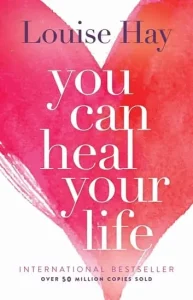
2. The Body Keeps the Score by Bessel van der Kolk
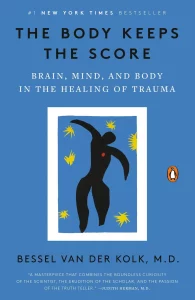
Bessel van der Kolk, a leading expert in trauma and psychiatry, delves into the effects of trauma on the body and mind. This groundbreaking book introduces the concept of “somatic memory.” Van der Kolk, a psychiatrist and neuroscientist, explains how our bodies remember traumatic events, and how this memory can affect our physical and mental health. The book provides an in-depth understanding of the impact of trauma on the body and offers strategies for healing from traumatic experiences.
3. My Grandmother’s Hands by Resmaa Menakem
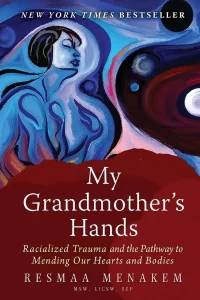
In this book, the author discusses the human body, how trauma affects it, how it is handed down through the generations, and how resilience and trauma interact. The same physical factors that make us tough also motivate us to harm one another. It explores the consequences of racism in our bodies, in our skin and sinew, in our bones and blood.
4. Heal Your Body by Louise Hay
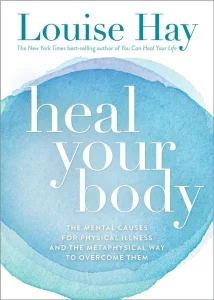
This is another book by Louise Hay that provides practical exercises and affirmations to help you heal your body from the inside out. The book emphasizes the power of positive thinking and the law of attraction in healing physical ailments. It also provides numerous affirmations for readers to choose from, encouraging them to trust in their own healing abilities.
5. Cured by Dr. Jeffrey Rediger
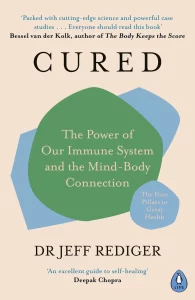
This book is a profound exploration of the intricate relationship between our mental and physical health, focusing on the role of our immune system and the mind-body connection in our health books.
In “Cured”, Dr. Rediger explains the vital role that nutrition plays in boosting our immunity and fighting off disease. He also outlines how stress, trauma, and identity affect our physical health. Dr. Rediger analyzes the remarkable science of recovery, revealing the power of our mind to heal our bodies. He provides insights into the keys to good health, emphasizing the importance of nutrition, stress management, and mental well-being in maintaining our health and healing from illnesses.
6. The Psychology Behind Wellness and Illness: Why Do People Get Sick? by Dr. Talib Kafaji
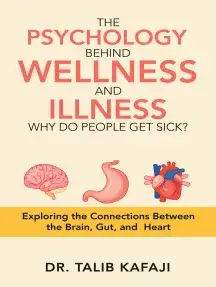
This is a comprehensive guide that delves into the intricate relationship between our mental and physical health. The author, Dr. Talib Kafaji, a renowned psychologist and neuroscientist, explores the connections between the brain, gut, and heart, shedding light on why people get sick and how these three vital organs interact to influence our overall well-being.
6. Seek professional guidance
While individuals can take proactive steps toward their own healing, seeking professional guidance from therapists, counselors, or psychologists can significantly enhance the process of emotional resolution.
These professionals offer expertise in emotional support and can provide tools and strategies to address underlying emotional conflicts. Their guidance and support play a crucial role in navigating through the healing journey, aiding individuals in understanding, processing, and resolving emotional distress healthily and effectively.
“All emotions, even those that are suppressed and unexpressed, have physical effects. Unexpressed emotions tend to stay in the body like small ticking time bombs—they are illnesses in incubation.”
― Marilyn Van M. Derbur
Final thoughts
German New Medicine offers a paradigm shift in our understanding of health and wellness. By recognizing the intricate connection between emotional conflicts, physical symptoms, and the healing process, GNM empowers individuals to take control of their own well-being.
As we continue to explore the potential of GNM, it is crucial to approach it with an open mind and a willingness to challenge conventional medical beliefs. By embracing this revolutionary approach, we can unlock new possibilities for healing and transform our relationship with health and wellness.
To further explore German New Medicine, visit their official website, which provides a wealth of resources including case studies, articles, theories, tutorials, and information on upcoming events. This platform offers valuable insights into the principles, making it an essential resource for those seeking a deeper understanding of this innovative approach to health and well-being.
Disclaimer: This article is for informational purposes only and does not constitute medical advice. Consult with a qualified healthcare professional before making any changes to your healthcare routine.

